Media | Articles
5 things every project car purchase will need
It’s that time of year, and I don’t mean decorative gourd season. No, it’s the time when the DIY devout start casting hooks into the depths of the project car pond hoping to reel in the right winter undertaking. While every project is unique, a few universal truths span them all, regardless of how the vehicle appears in those crunchy, dimly lit photos you’re seeing in a Marketplace ad. To that end, these are the top five things your own project will need, regardless of what it is or what shape it’s in. You can’t say we didn’t warn you.
Patience
Someone else’s project—or worse, abandoned project—is going to require a massive amount of mental gymnastics to figure out what they were thinking when taking it apart, storing pieces, or putting it back together. Occasionally that isn’t difficult, but even then it takes a lot of patience to sort through what someone else has done and try to decide if their process is acceptable to you. Do you trust the previous person based on what you see? Do you think they cleaned and assembled things to the same standard you would? Are you willing to risk it? Taking the time to wrestle with that question will be crucial to how you proceed.
Cleaning
Whether it’s a venture someone else started or one that was never gotten to, project cars rarely get tender loving care when stored. Dust, dirt, and moisture combine to create some of the grungiest substances known to man. Just getting a project car home can leave pounds of dirt and debris on a trailer, and that’s before any real cleaning has started. We often get caught up in the excitement of the big tasks involved with bringing a project car back to life, but the reality is less glamorous, and a lot of time—more than you think—is going to be spent scrubbing and just generally making things un-grimy.
Tires
We don’t know what it is about project cars, but they seem always to be sitting on the worst rubber we’ve seen since the last project car that rolled into the shop. Tires are expensive, so they’re often the last thing a project car will get. This means that when you buy a project, there’s a good chance its tires aren’t even round anymore, let alone safe to drive on. Even just sitting on dry-rotted rubber can be dangerous, as blowouts can occur. Check the date code just to be sure, but in general every project car will need fresh rubber before it ever reaches the driving stage of the process.
Fluids
Another item that isn’t worth gambling on is anything that flows. Fuel, brake fluid, coolant, transmission fluid, and even differential oil are all items you should change by default. Sure, there’s a chance that what’s in there is serviceable, but more than likely your project car has questionable service records—if any at all. Mentally reset the clock on all the regular changes by knocking them out all at once. This also forces you to look at a couple intimate areas of a car, which more than likely will tell you a lot about what else you might need to do.
“Un-screwing”
No, I’m not talking about backing out threaded fasteners here. I’m talking about winding back previous repairs. Project cars often live at the bottom of their value curve before appreciation picks up and owners begin to see the potential. That means repairs done while the car was worth little may be incomplete, or, well, crude. Un-screwing them could be as simple as cleaning up shoddy wiring, or as in depth as rust repair from sitting neglected in a field. If you are buying the cheapest example of anything, it likely has been screwed with by someone who didn’t know or didn’t care. You will have to deal with that.
Project cars are incredibly rewarding to see through. We know a lot of you readers have worked on a project or twelve over the years and these five things are likely not the only universal truths. What have you found to be true? Leave a comment below.
***
Marketplace
Buy and sell classics with confidence
Check out the Hagerty Media homepage so you don’t miss a single story, or better yet, bookmark it. To get our best stories delivered right to your inbox, subscribe to our newsletters.

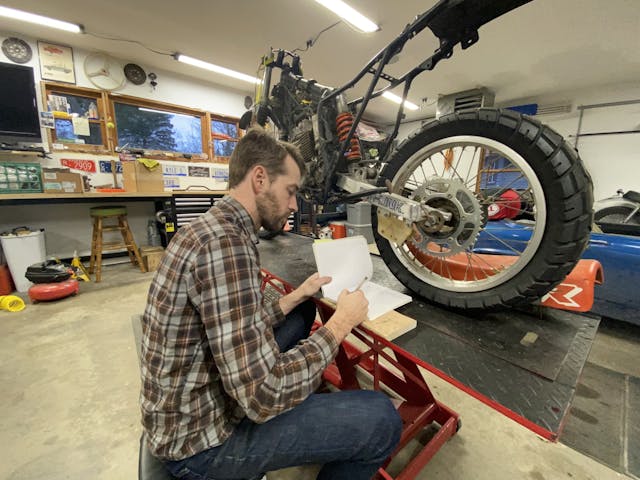
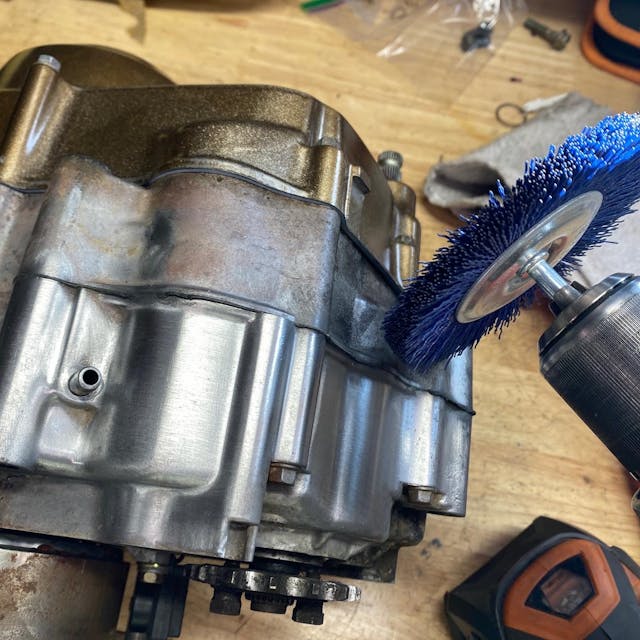
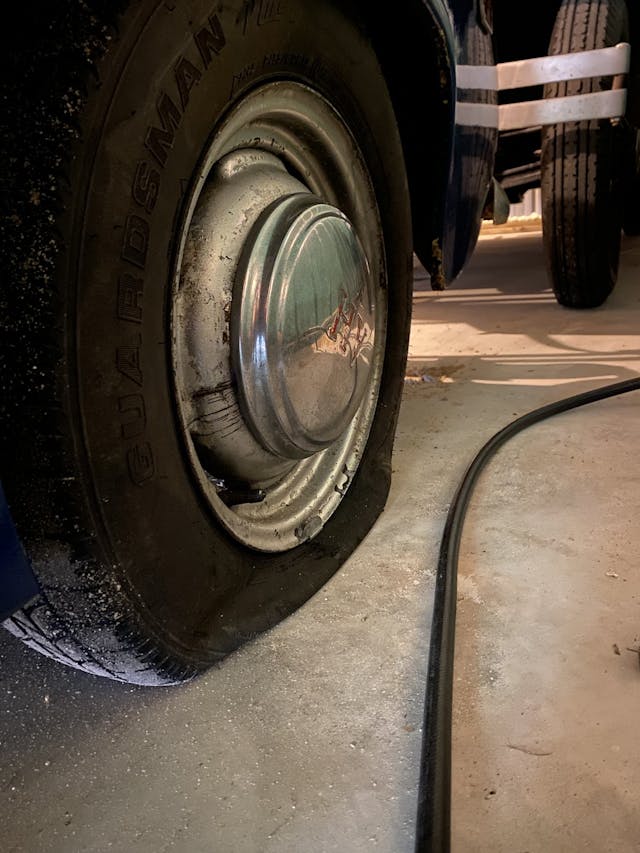

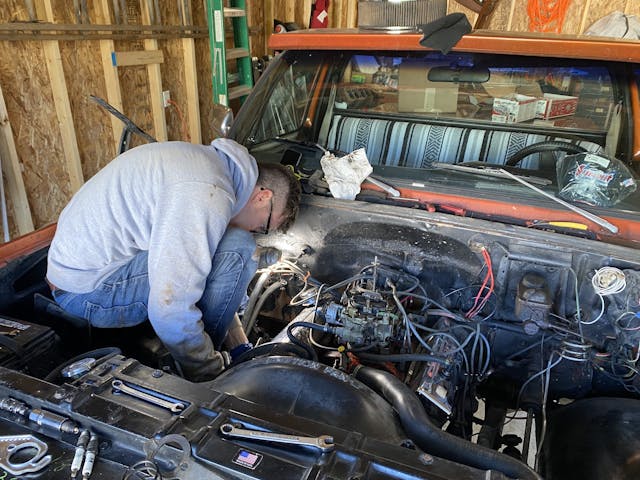



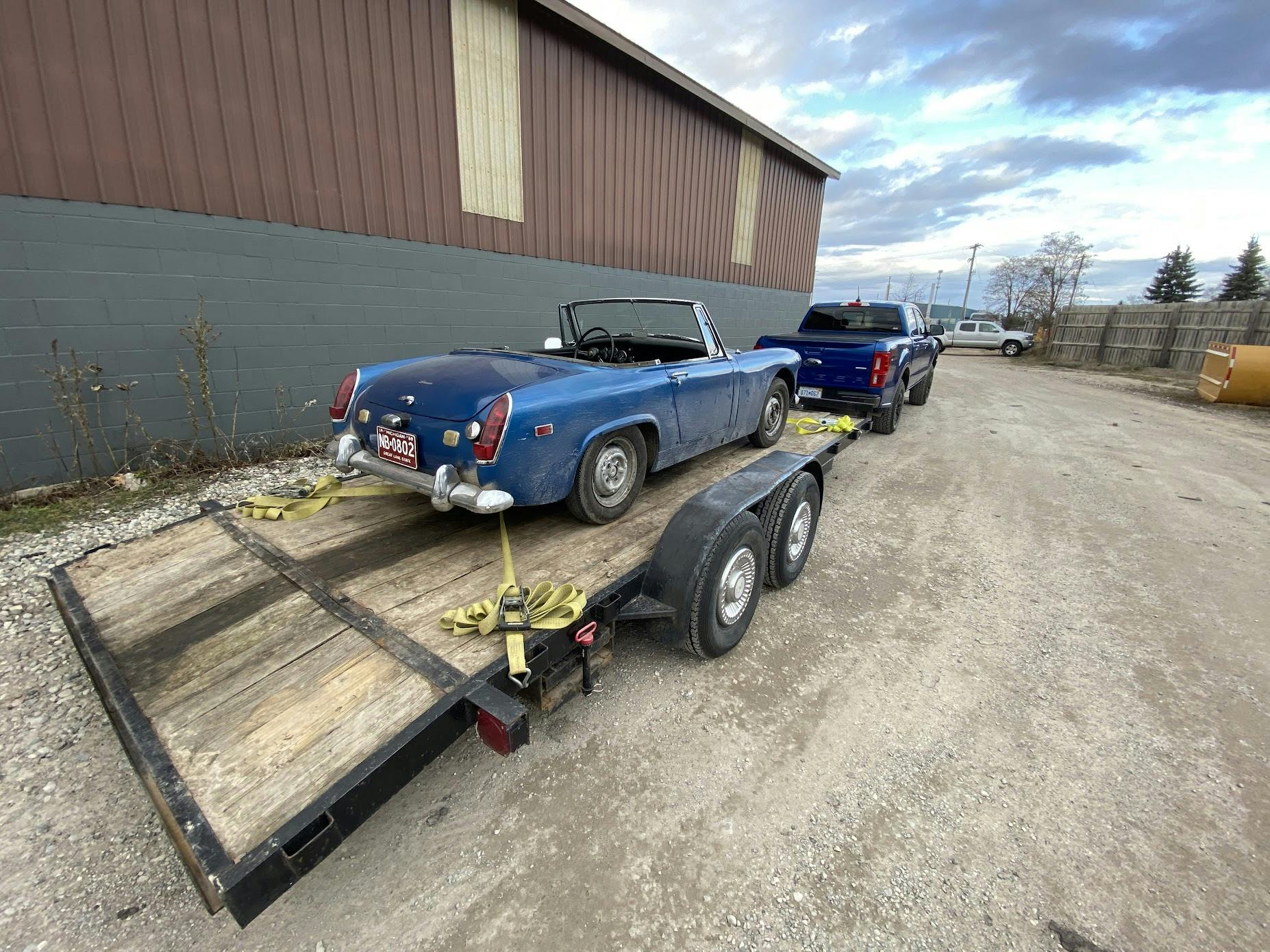
How about insurance?
Have it appraised, and call Hagerty. Less expensive than regular insurances. You do have some limitations however, but still very useable.
One of the questions some of us get from non gearheads is….When are ya gonna get this car project done? Well, the answer mostly is never; even when you think you’re done, something new comes along & you’re off to the races again. I say this ’cause I’m 82 yrs. old & have seen many changes over the years.
Kyle, your comment about old tires really hit home this summer. I kept a set of old tires & wheels for “shop tires”. Used them for winter storage so the car doesn’t sit on Hoosiers all winter. The shop tires were up in the tire rack in the garage this summer and my grandson asked me what was wrong with those tires up there? I liked up and two old Semperits had completely blown apart at the tread splice just sitting in the rack. They looked like a steel/belted porcupine with a bad haircut. Those steel wires make nasty cuts. Date code was 1996 as best I could tell.
Tires can look great but be way older than they appear. A Corvette I bought back after 23 years still had the same tires on it that I had put on before I sold it. The previous owners only put about 10K them. Good tread with even wear, no dry rot cracks or flat spots, but the old type date code indicated made in 1992 when I bought them.
Often forgotten but when done well, of amazing value. A camera and album to document your project – start, progress, finished result.
Rebuilding/restoring cars is one thing – building/re-building old hot rods is something else altogether. There are no manuals available for your car and if you are buying someone else’s hot rod, you have no idea what parts are in it or how well it is screwed together. I’ve been building hot rods since the ’70’s. My retirement goal was to build a “new” 1933 Ford roadster hot rod with a new aftermarket chassis, a quality fiberglass body & fenders, Chevy 348 or 409 engine, etc. that I could cruise across the state if I wanted to do so. The cost of building a “new” car from the ground up is significantly higher than the price of purchasing a completed car. Buying a car one piece at a time gets real expensive. With 5 years of my time and almost $50k in purchased items so far and an estimated another $60k left to go (total rebuild of engine & trans; hood, top bows, upholstery, paint, wheels & tires, and all of the little nickel & dime items that consume you during a ground-up build), I jumped at the chance to buy a “complete & running” ’33 roadster earlier this year for about half of the estimated cost to complete my ground up build project. Problem was that although it was very pretty and it may have been complete and did run, it was far from being a car suitable for driving. After seven months of daily labor (I’m retired) and lots of headaches from running into “what were they thinking” issues on how the car was built that generated a 16-page typed punch list of things that needed to be fixed, sorting out what parts were used in the build (what differential, what disk brakes, etc.), how the car was wired, plus almost daily trips to the local and internet parts stores for the odd part here and there, I finally got the car on the street for the first time this past Saturday, although still with some residual items that need to be taken care of before I will fully trust the car for a road trip. Yup, the car is pretty, I now know it inside out, and it is much safer than it was when first I trailered it home, but it has been a real project to get it sorted out to where I was comfortable trying to start it and drive it. Still, I like the car – now.
The question now is, what do I do with the other ’33 roadster that I was building from the ground up?
Patience.
The sleuthing ability of Sherlock Holmes to find that elusive part for your obscure car (thankfully now there’s the internet), and the creativity of MacGyver to create/ adapt Something Else when that elusive part is unobtanium.
Been there, done that. Many times.
The photo in the “Cleaning” section shows a drill mounted brush that did a great job cleaning resulting in a nice finish on that cast aluminum part. Can you please share with us what manufacturer and type of brush that is?
When I got my Model A Ford, I made friends with the old guy next door. He was a retired mechanic who worked for a local Ford dealer that sold new Model A Fords in the 1929 era. He was even more enthused about the project than I was.
Patience. That’s a good one! My current “project” 72 Jeep truck was abandoned by my buddy. As is often the case, took it apart, did some things.. and there it sat for 9 years. I wish folks would drive a project a bit before tearing it apart!! I bought it to save it… it’s a rust free truck in Michigan. was worried some mud bogger guy would hack it up.
Now, the big challenge, make room in my garage… I already park outside.. can’t ask the wife to do that… Hmmm. — Oh Honey . . . ( yea, THAT’s NOT gonna happen ! )
Let’s not forget we need a willingness to change direction – a “plan B.” My case in point: I purchased a fully restored ’64 Dodge (at the time, I wasn’t interested in the labor and expense of another project), but after a couple thousand miles on the road, I realized it wasn’t restored to my standards, so I decided to do a complete nut and bolt mechanical restoration on the car. That was only my first plan B, though. During the mechanical rebuild, I decided to add F.A.S.T. fuel injection, which after about 5 years, and 5 thousand stressed-out miles, and several thousand dollars, replacing every sensor known to man multiple times, 2 towing bills, multiple shops plus my own effort putting in hours and hours of fruitless labor trying to get it to run right, I’ve finally decided to go to Plan B. A new carb will be installed this winter.
Nothing beats a good FACTORY repair manual! Videos are good for some things, but I’m a reasonably experienced hobby mechanic and catch on faster than the video. I prefer written out steps with a few photos — I can go through them faster to the point of my hang-up, or the whole thing faster than watching a video that explains every little detail. The videos are better for beginners, though sometimes things can be shown better with a video. Having that manual on hand is often faster than searching the internet for something. Many factory manuals are now on DC. Print the few pages you really need to carry out to the shop.
Time and money, and patience!! I usually have the money and no time, or plenty time and no money!!
One more thing — a digital camera. Of course even a cheap flip phone has a camera nowadays. Take pics before you take something apart so you know how it goes back together… assuming it was right in hte first place…
At 16 my first project car was a ’57 Hillman Minx. Mostly mechanical work. Wrecking yard transplants with a healthier transmission and a Sunbeam Rapier longblock engine swap. Duel carbs sourced from a Sunbeam Alpine. 56 years later at age 72 Marketplace kept showing me a ’92 Mazda MX-3 GS with the 1.8 V-6. I forgot they were ever made and it just kept coming up on my computer screen. It was sitting in an open field. Pretty much complete, but had been sitting for years. It had been donated by the original owners family to a non-profit that was trying to sell it as “rare”. After weeks of no bites the price kept dropping until I thought this thing needed to be saved from the crusher if it didn’t sell. Paid it a visit and found it worth considering. Made a worksheet for cost of parts that likely would be needed and compared that to the market value for a “good” condition car and added few hundred so the non-profit would benefit and towed it home.
Now a year later I have removed and cleaned interior parts and boxed them up in my garage while the car sits in the driveway. Winter revealed there is a leak somewhere resulting in puddles in the backseat footwells. Suspect sunroof drains, but I need to remove some “B” pillar plastic trim (without damaging) and the headliner to verify the source. Kind of a progress setback. De-rusted several engine compartment components and refinished. Chased accessory belts and other NOS parts for the engine with the hopes of getting it fired up to assess engine health, before doing the timing belt which looks challenging. Addressing the fuel system intimidates me – clean the gas tank or replace; how to clean/clear the lines, etc.
Surprised to find that it is a single stage paint and appears it will come to life with polishing, but there are a few areas on non-metal finishes that need some paint work.
So, I’m learning about patience. And I’m grateful for ebay and Facebook groups. Thank you for this topic and all your responses so far – very helpful! Hoping I can drive it before I turn 80!
Honest honey, this is the last project car I’ll ever buy. ………Jim.
Money. Patience Bought a Model A shell and bare frame decades ago for a hot rod project Purchased a lot of parts at swap meets, Craigslist and marketplace. Got a free engine. Painted it myself. Started as low buck and have more than $20K in it.